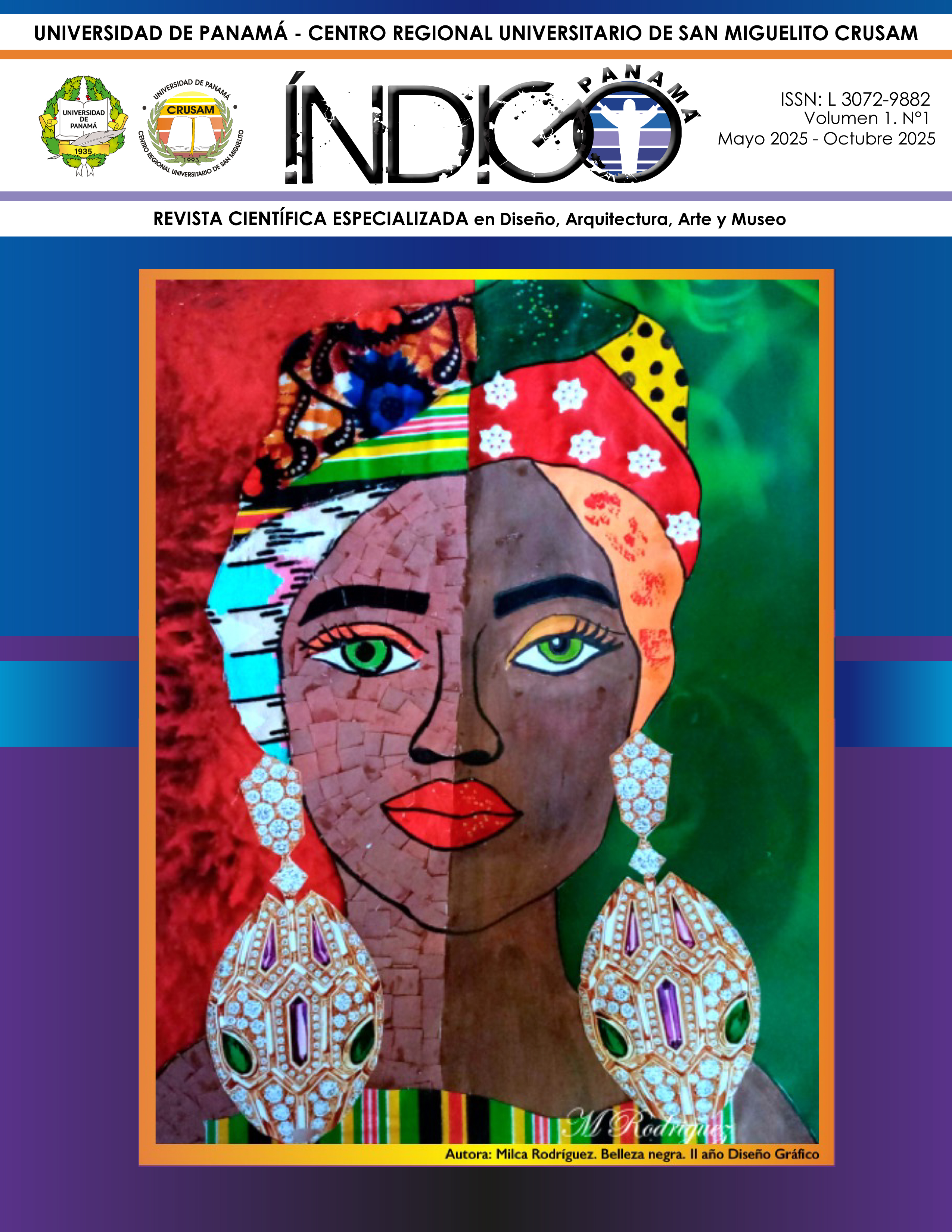

Obesity has been diagnosed as a global disease. However, it is clear that even when obesity or overweight is being treated, these affected individuals must get dressed. Research on the subject points to the limited selection in conventional department stores, where standard designs predominate, even though there are stores for large and plus sizes. For this reason, this research was conducted in Panama. Motivated by the analysis of clothing problems affecting obese girls, a situation they face with their parents when purchasing a dress appropriate for their body type and age, the study presents general information and concepts on the topic of obesity, highlighting the actions that local and international organizations have implemented in this regard. The research is based on a qualitative, descriptive, and applied design methodology. Data were collected randomly from girls and their parents at the Buen Pastor Oasis de Paz School, located in Juan Díaz, Panama City. The data collection, subsequent analysis, and information obtained are presented. The findings and the situation in both settings regarding the clothing and/or apparel issue are presented. The authors' observations suggest making the table more flexible and presenting it with appropriate measures to address this situation and modify the standard tables or measurement system used in Panama.